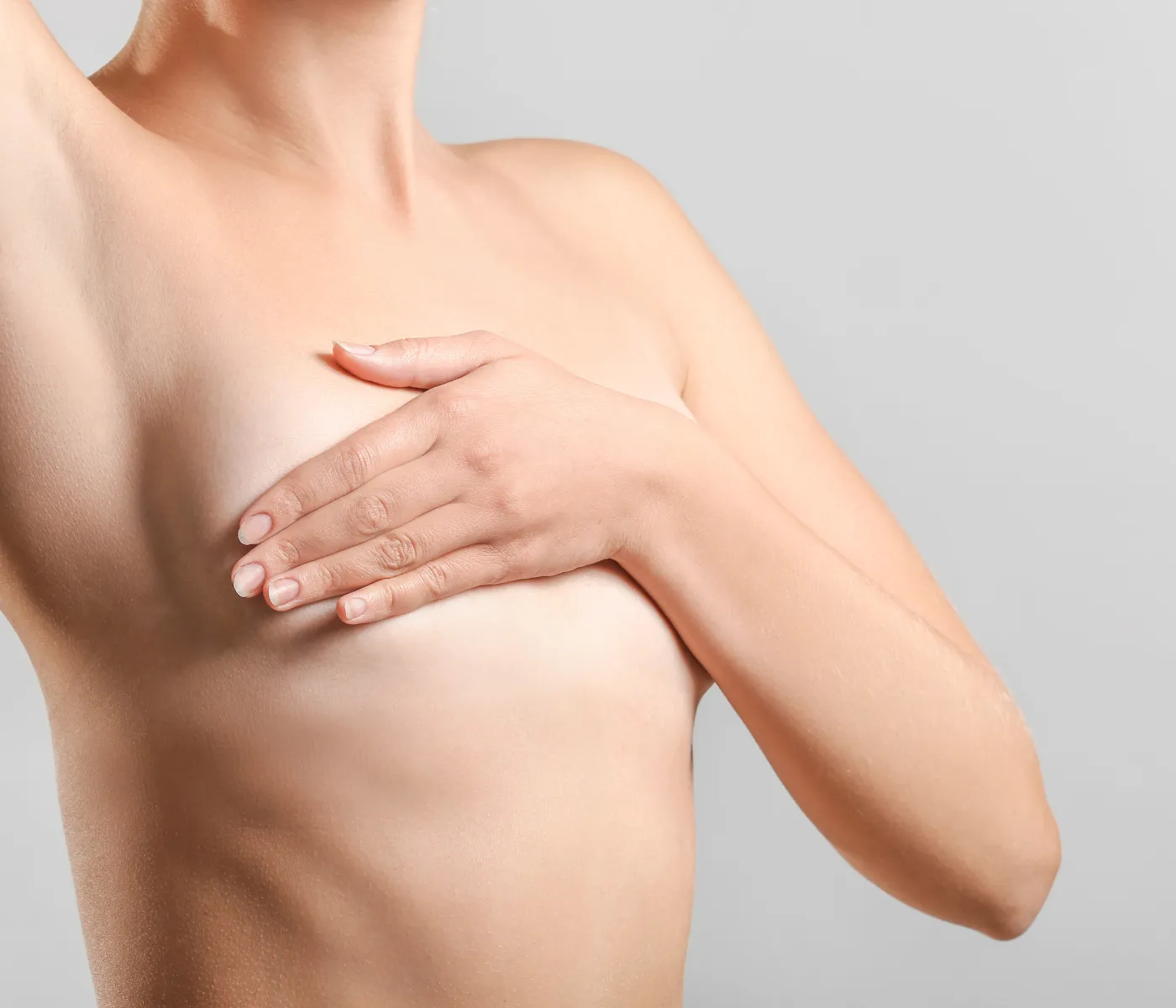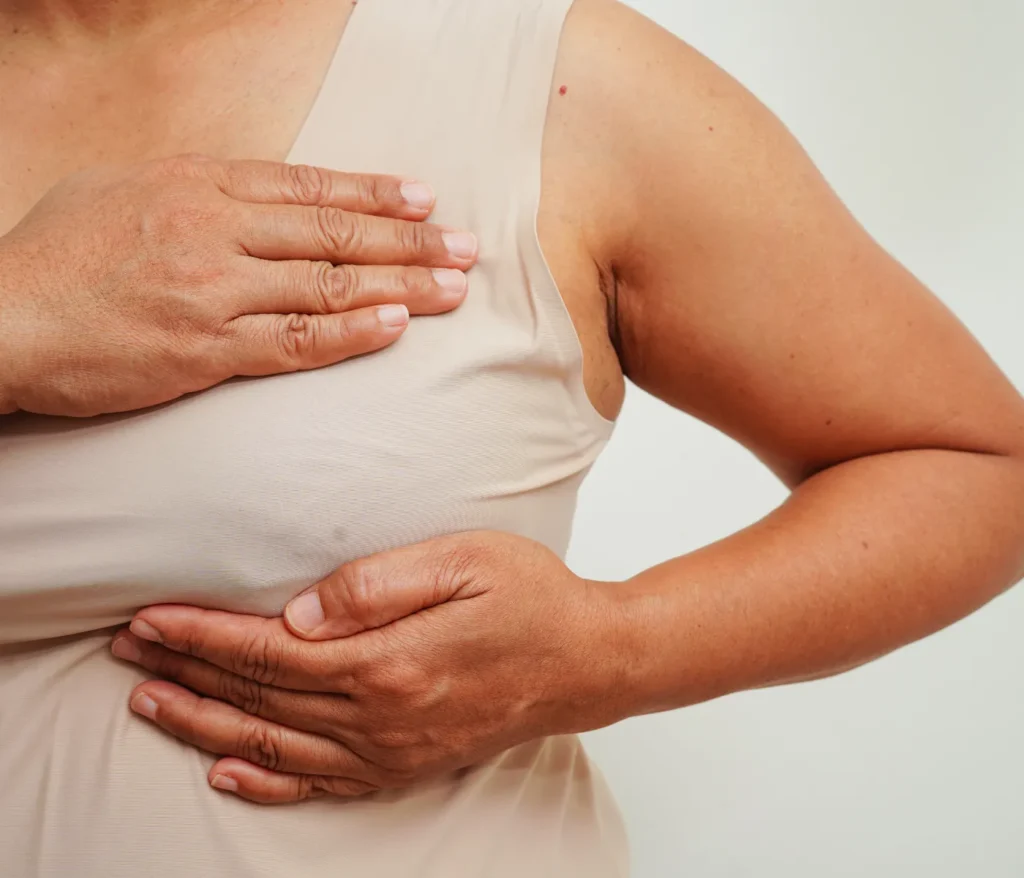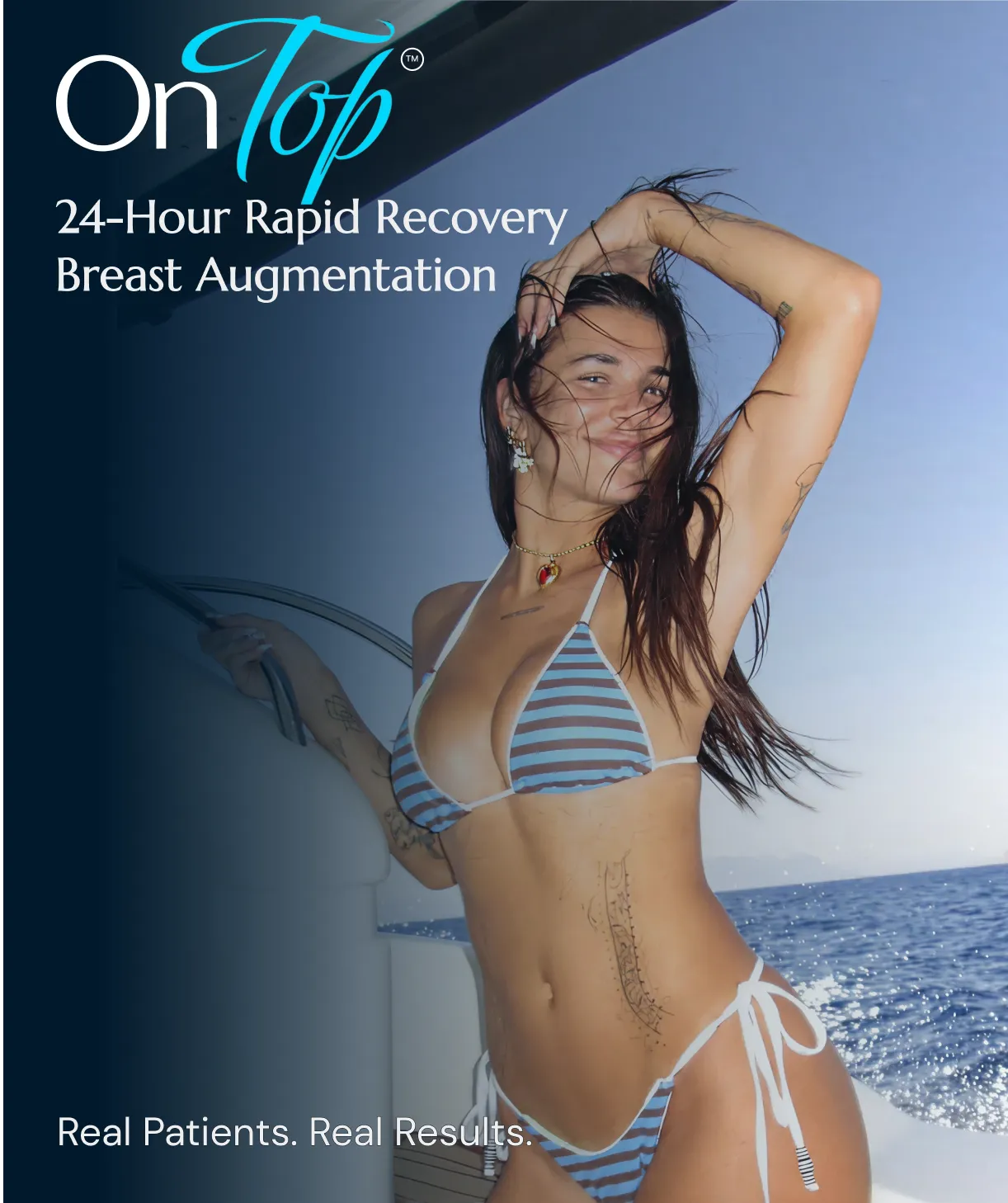Why Does Rippling Occur in Breast Implants and How to Get Rid of It?
By Partington Plastic Surgery on February 28, 2024 in Uncategorized

The usage of implanting elements for the enlargement of mammary glands has become a favored cosmetic approach to boost the size and form of breasts. Nonetheless, ripple formation stands as a prospective drawback to this method. These are notable or tactile creases appearing on the surface area of one’s chest which could result in unfavorable aesthetic outcomes.
Now we will delve into why rippling breast augmentation happens and present possible solutions to tackle it effectively.
Causes of Rippling Breast Augmentation
Wrinkles or folds manifest breast implant rippling. They can become notable or tangible on the surface of mammary glands. This aesthetic issue can occur due to various reasons such as different kinds of implanting elements used and personal tissue features of mammary glands. Let’s take a look at the leading causes responsible for causing rippling breast augmentation.
Type and Fill Material
Implanting elements made of silicone contain a type of gel that has cohesiveness and imitates the texture of the real tissue of mammary glands.
Arrangement
Placing implanting elements above the pectoral muscle can cause notable rippling because a decreased amount of material covers the implant. This is particularly evident among people with thin tissue of mammary glands.
Implanting beneath the pectoral muscle offers extra tissue coverage that aids in concealing rippling. The muscular layer functions as a shield, lessening the apparentness of any indentations on the implant’s surface.

Characteristics of Tissue
Those who have limited natural breast tissue face a greater chance of rippling breast augmentation. Relatively thin breast tissue offers less protection and cushioning around the implant, rendering any creases or wrinkles in the implant more conspicuous.
The reduction of natural breast tissue due to significant weight loss may amplify the prominence of rippling. Conversely, if underlying materials remain thin despite gaining weight, existing ripple effects might not be adequately covered up.
Size and Overfilling
There is a higher probability of rippling breast augmentation surgery when larger implanting elements are used as they can stretch both the skin and breast tissue more. Furthermore, insufficient support from existing tissues may result in folds due to the added volume.
Folds may become noticeable when textured implants are used, as their rough surface can impede smooth movement within the pocket of mammary glands in comparison to smooth implants.
Implant shells that are thinner may have a higher chance of creasing and creating ripples. On the other hand, thicker shells can offer greater structural support which decreases the probability of rippling breast augmentation.
Surgical Technique
The size and arrangement of the breast pocket in surgery can impact the visible implant rippling. An overly large pocket for the implant may permit unwarranted motion, generating creases and ripples.
The correct positioning and arrangement of the implant are essential since incorrect alignment or improper location can intensify the probability of rippling breast augmentation.
By comprehending the underlying factors responsible for rippling breast augmentation, one can make well-informed decisions regarding implant options and surgical alternatives. It is imperative to have a conversation with an expert plastic surgeon about these aspects in order to reduce the chances of ripple formation and attain satisfactory visual outcomes.
Solutions to Address Rippling Breast Augmentation
Patients seeking smooth and natural-looking results may find the rippling distressing. However, there are several solutions that can be employed to minimize or correct breast implant rippling effectively. These methods include selecting appropriate implant types and arrangements, surgical revisions as well as supporting procedures – all aimed at achieving the desired outcome for patients with concerns during rippling breast augmentation.
Choosing the Right Implant
Choosing silicone gel implanting elements can considerably lower the chances of situations when breast implant rippling occurs. This type of implant is more cohesive and replicates the texture of real breast tissue, diminishing its vulnerability to creasing or wrinkling.
Referred to as “gummy bear” implants, these are extremely resistant to rippling. Due to their remarkably cohesive gel structure, they retain their shape more effectively and create a consistent appearance that is both stable and uniform.
Optimal Implant Arrangement
The arrangement of implanting elements below the pectoral muscle results in added tissue coverage that effectively conceals rippling breast augmentation. This is due to the buffering action of the muscles, which minimizes any notable creases on or around the implant.
The method utilized here encompasses the insertion of the top section of the implant beneath muscle tissue while maintaining a subglandular arrangement for its lower part. This blended technique amalgamates advantages from both methods resulting in superior coverage and a realistic appearance.
Fat Grafting
The process of fat grafting comprises extracting adipose material from a different section of the body, like the stomach or thighs, and infusing it around the implant. This technique facilitates better cushioning which significantly decreases rippling while also improving the form and texture of mammary glands.

Rearrangement or Revision
To minimize rippling breast augmentation, people can opt for alternative sizes or shapes of breast implanting elements.
Additional Tools
Acellular Dermal Matrix (ADM) offers biocompatibility and facilitates support as well as coverage for the implant. Smooth contouring is created by placing ADMs over the implant, which reduces ripple effects considerably. Further to this benefit, weak areas are reinforced while enhancing the overall stability of implanting elements through ADM usage.
Maintaining a stable weight can aid in preserving the natural breast tissue, thereby decreasing the chance of rippling. Consistent body weight also safeguards the implant’s outer tissues from damage and ensures their integrity remains intact.
The importance of obtaining the appropriate dimensions and form for the breast pocket cannot be overstated. By attaining a properly fitted pocket, implant mobility is reduced resulting in decreased risk of rippling breast augmentation.
The final result can be significantly impacted by the precise arrangement and positioning of the implant during surgery. With their expertise, a skilled surgeon can ensure correct arrangement to reduce rippling risk.
To combat the occurrence of rippling breast augmentation, a comprehensive approach is required which includes careful selection of implant type, precise arrangement, and utilization of additional procedures such as fat grafting or ADM grafts. Seeking counsel from an experienced plastic surgeon who can customize the treatment plan based on personal preferences is imperative to achieve desirable aesthetic outcomes. Implementing these remedies ensures smoother and more authentic-looking results for people undergoing surgery.
Can Rippling after ON TOP Breast Augmentation Occur?
Inserting the breast implant above the pectoral muscle and below the glandular tissue on top of it presents the technique of ON TOP Breast Augmentation. This approach has its advantages. However, it also poses inherent risks of rippling breast augmentation.
This method may result in rippling, especially for those with thin breast tissue or when certain implant types are utilized. Nevertheless, utilizing the appropriate breast augmentation type, fat grafting, or ADM methods and employing exact surgical maneuvers can considerably reduce this risk. It is essential to consult an experienced plastic surgeon so as to get personalized advice resulting in optimal aesthetic results.
Rippling breast augmentation can cause significant distress for people who have received this procedure. A comprehensive knowledge of the underlying causes of this complication as well as possible treatment options is important to make an informed decision and optimize outcomes. In order to receive customized advice and procedure recommendations tailored specifically to individual requirements, consulting with experienced plastic surgeons plays a vital role.
Return to Overview
